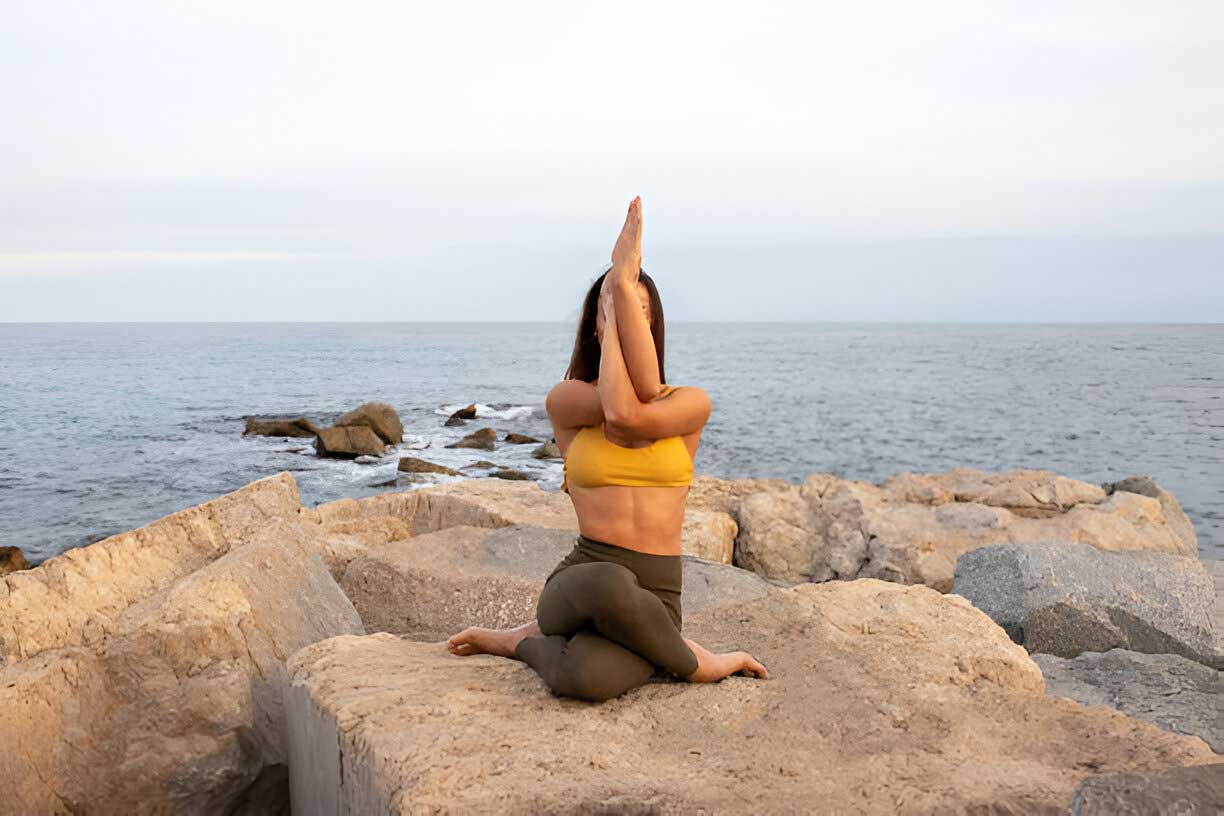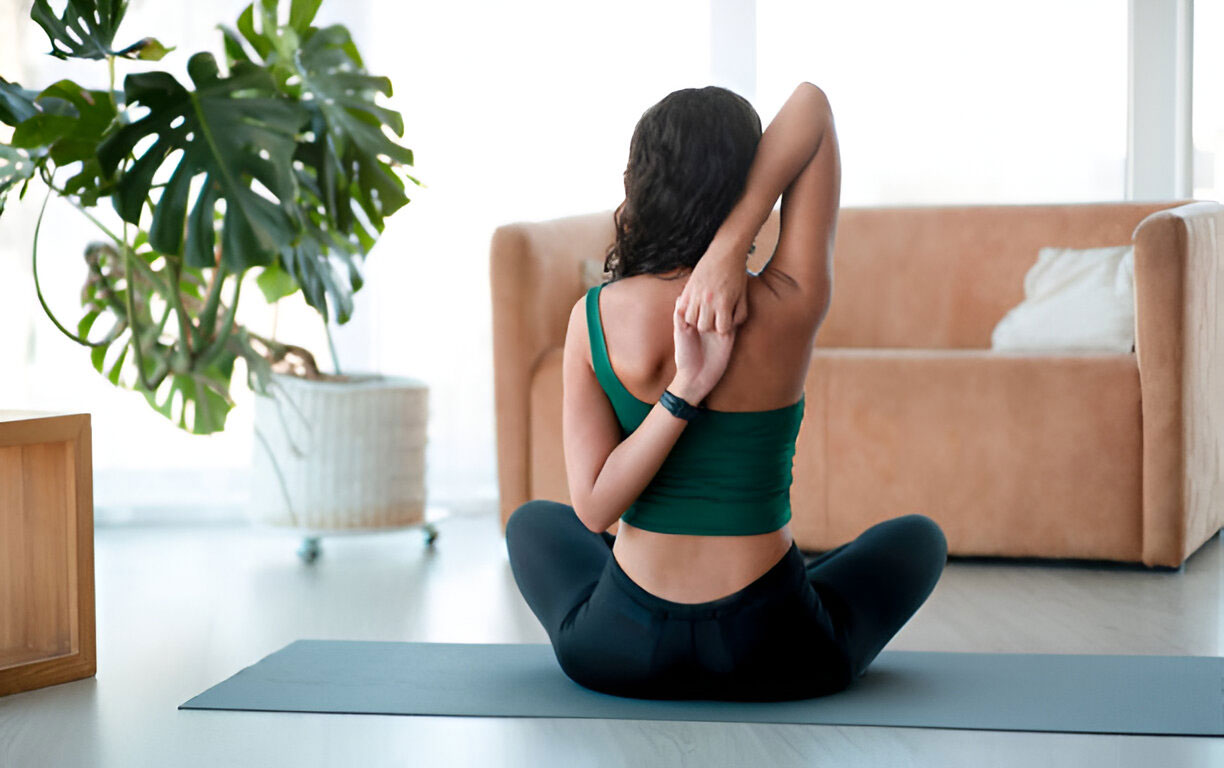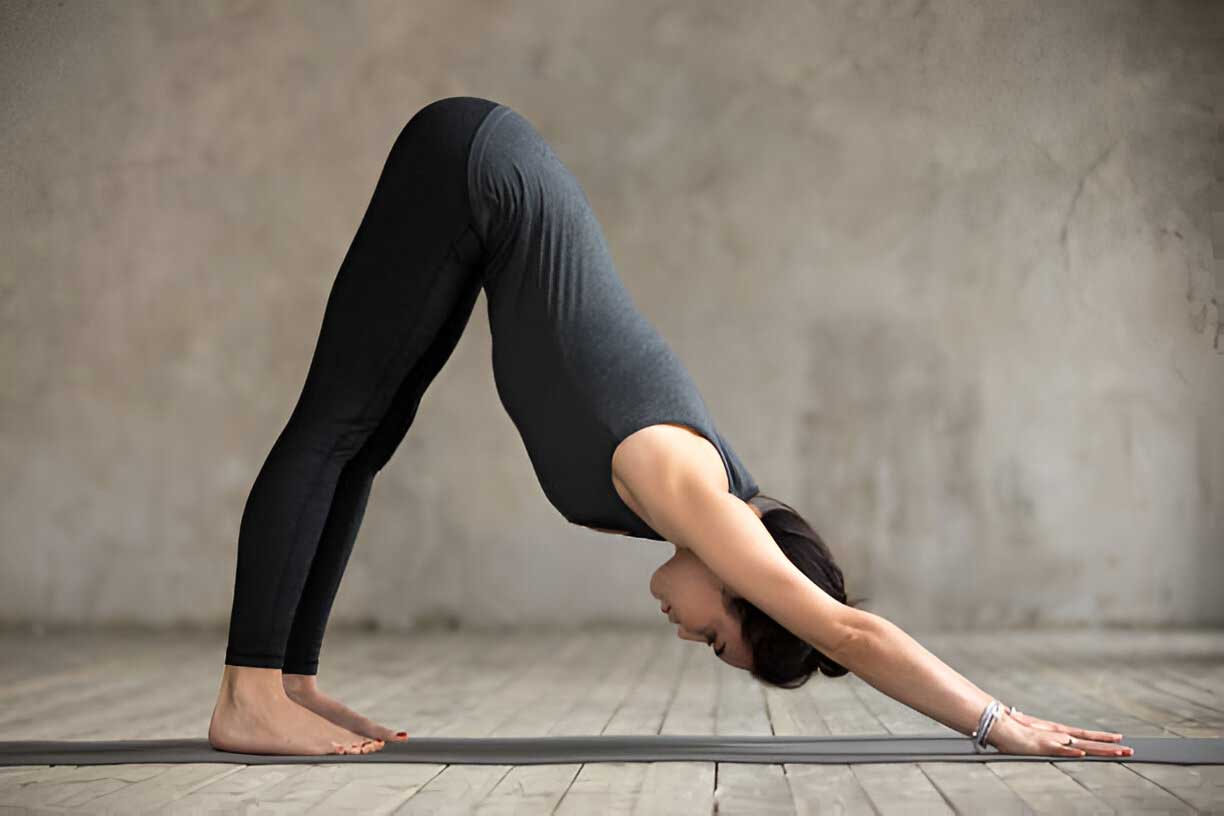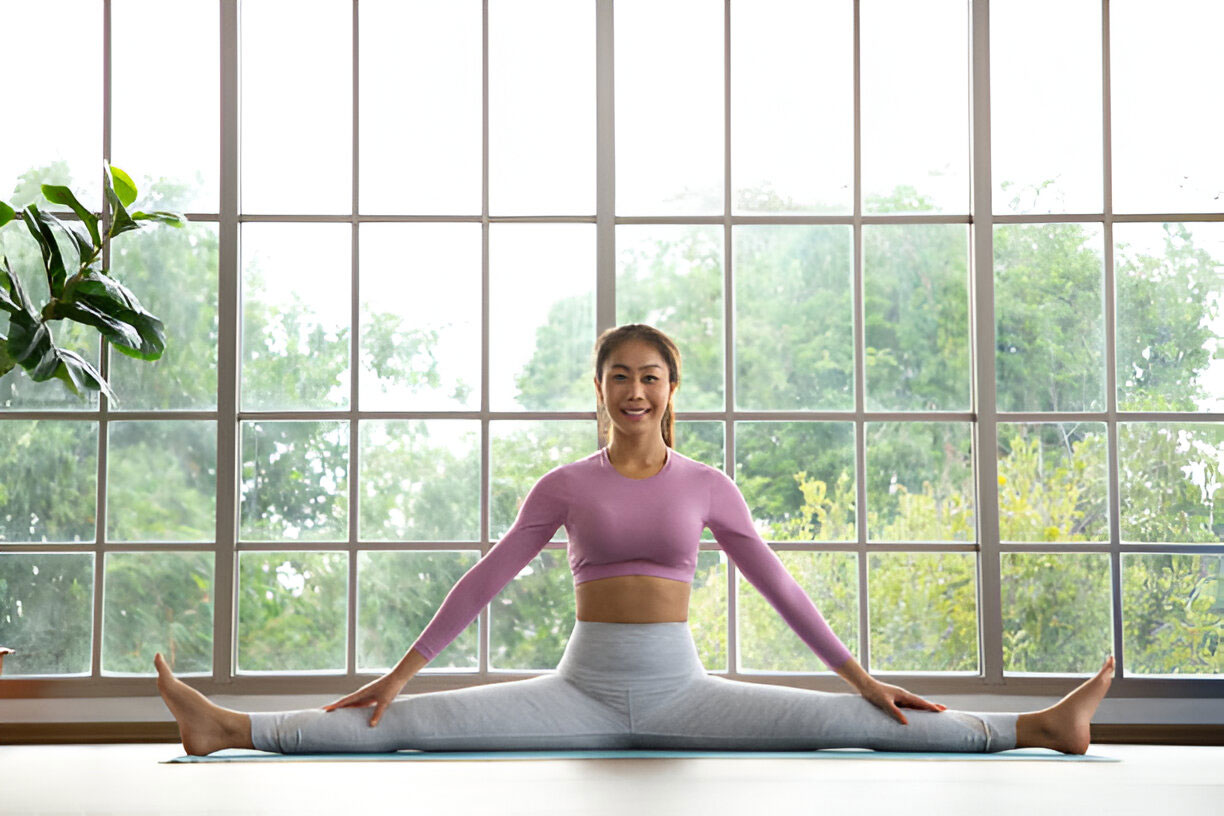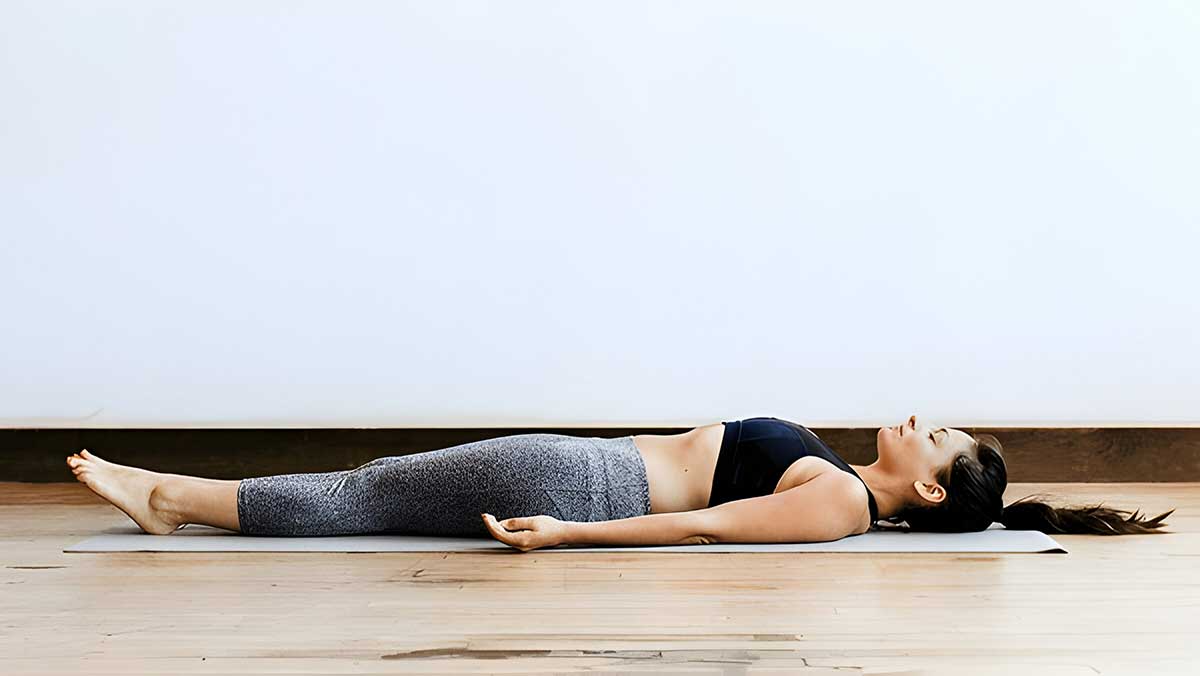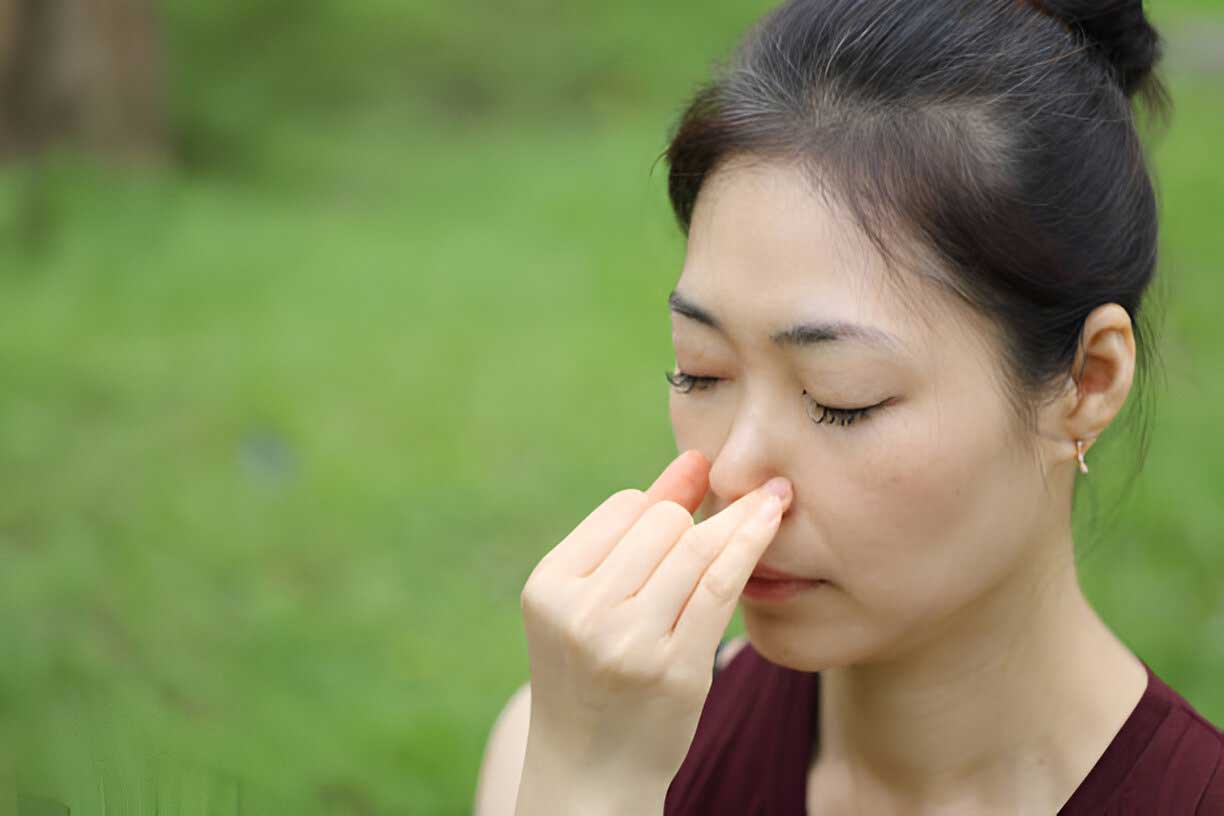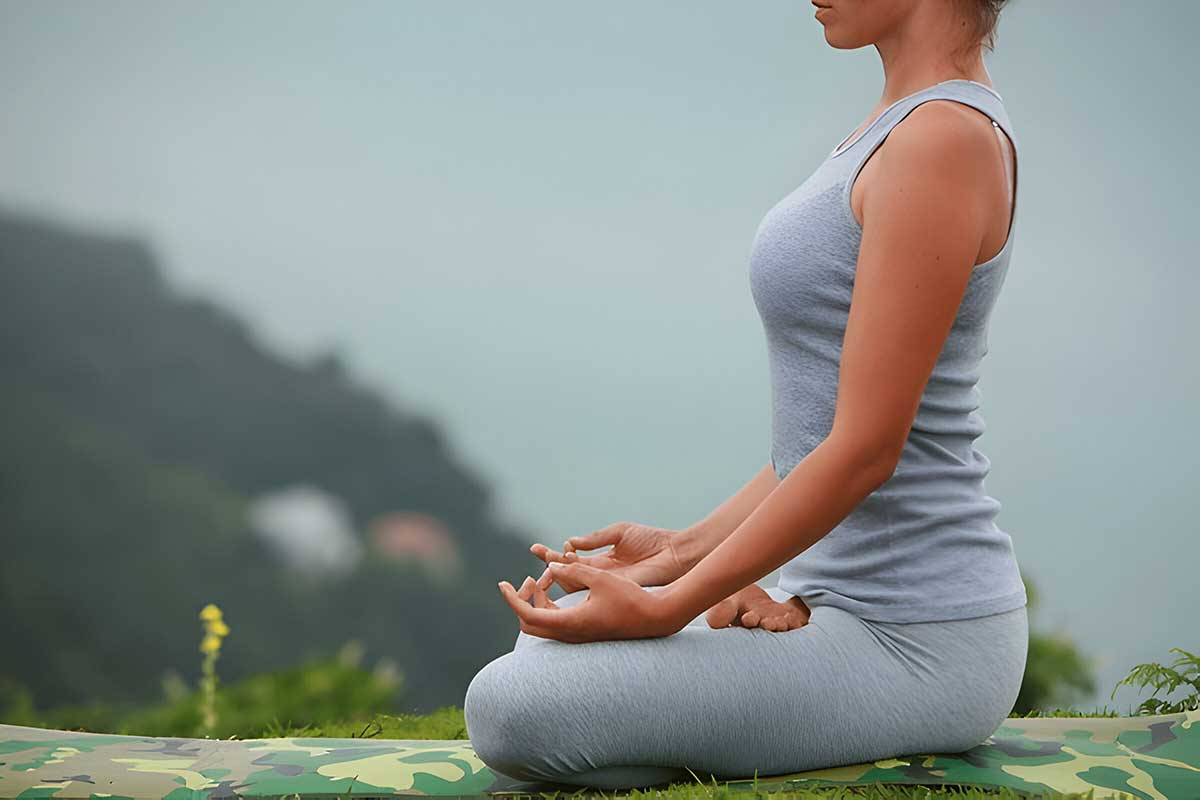Can Yoga Help with Carpal Tunnel Syndrome?
Carpal Tunnel Syndrome (CTS) is a condition that affects the hand and wrist, causing pain, numbness, tingling, and weakness. It occurs when the median nerve, which runs from the forearm into the hand, becomes compressed or squeezed at the wrist. This condition can significantly impact daily activities, particularly for those who perform repetitive tasks with their hands, such as typing or assembly work. While medical treatments like splinting, physical therapy, and surgery are common, yoga offers a complementary approach that can help manage and alleviate symptoms of Carpal Tunnel Syndrome. Through specific yoga poses, stretches, and mindfulness practices, yoga can improve flexibility, reduce inflammation, and strengthen the muscles around the wrist.
This article explores how yoga can help with Carpal Tunnel Syndrome and provides detailed treatment options, including step-by-step instructions, benefits, and all the necessary information to incorporate yoga into your routine.
Understanding Carpal Tunnel Syndrome
Carpal Tunnel Syndrome occurs when the median nerve, which runs through the carpal tunnel in the wrist, becomes compressed. This tunnel is a narrow passageway made of bones and ligaments, and any swelling or thickening of the tissues can put pressure on the nerve. Common symptoms include:
- Numbness or tingling: Particularly in the thumb, index, middle, and ring fingers.
- Pain: In the wrist, hand, or forearm, which may worsen at night.
- Weakness: Difficulty gripping or holding objects, leading to dropped items.
- Swelling: A sensation of swelling in the fingers, even if none is visible.
Causes and Risk Factors:
- Repetitive Motions: Activities that involve repeated hand and wrist movements, such as typing, can lead to CTS.
- Medical Conditions: Conditions like diabetes, rheumatoid arthritis, and thyroid disorders can increase the risk of CTS.
- Pregnancy: Hormonal changes during pregnancy can lead to swelling, which may compress the median nerve.
- Injury: Wrist fractures or other injuries can narrow the carpal tunnel, putting pressure on the median nerve.
How Yoga Helps with Carpal Tunnel Syndrome
Yoga can be a beneficial therapy for managing Carpal Tunnel Syndrome by addressing the root causes and symptoms. Here’s how yoga helps:
- Improving Flexibility: Yoga stretches the muscles and tendons in the wrists, hands, and forearms, improving flexibility and reducing stiffness.
- Strengthening Muscles: Yoga strengthens the muscles around the wrist and forearm, providing better support for the carpal tunnel and reducing pressure on the median nerve.
- Reducing Inflammation: Certain yoga poses help reduce inflammation in the wrist and hand, alleviating pain and discomfort.
- Enhancing Circulation: Yoga improves blood flow to the affected areas, promoting healing and reducing the risk of further injury.
- Promoting Relaxation: Yoga reduces stress and tension, which can exacerbate CTS symptoms, promoting overall well-being.
Yoga Poses for Managing Carpal Tunnel Syndrome
The following yoga poses are particularly effective for relieving symptoms of Carpal Tunnel Syndrome. These poses focus on stretching and strengthening the wrists, hands, and forearms, improving flexibility, and reducing pain.
1. Uttanasana (Standing Forward Bend)
Uttanasana, or Standing Forward Bend, is a gentle forward bend that stretches the wrists and forearms while promoting relaxation and circulation. This pose helps alleviate tension in the upper body and reduces pressure on the wrists.
How to Perform:
- Stand with your feet hip-width apart and arms by your sides.
- Inhale and raise your arms overhead, lengthening your spine.
- Exhale and fold forward at the hips, bringing your hands towards the floor.
- If possible, touch the floor with your hands or rest them on your shins.
- Hold the pose for 30 seconds to 1 minute, breathing deeply.
- Slowly rise to return to a standing position.
Benefits:
- Stretches the wrists, forearms, and spine
- Reduces tension in the upper body
- Promotes relaxation and circulation
2. Garudasana (Eagle Pose)
Garudasana, or Eagle Pose, is a balancing pose that stretches the shoulders, wrists, and upper back. This pose helps improve flexibility in the wrists and reduces tension in the upper body.
How to Perform:
- Stand with your feet together and arms by your sides.
- Bend your knees slightly and lift your right leg, crossing it over your left thigh.
- Wrap your right foot around your left calf if possible.
- Bring your arms out in front of you, crossing your right arm over your left, and bringing your palms together.
- Hold the pose for 30 seconds to 1 minute, breathing deeply.
- Repeat on the other side.
Benefits:
- Stretches the wrists, shoulders, and upper back
- Improves flexibility and balance
- Reduces tension in the upper body
3. Gomukhasana (Cow Face Pose)
Gomukhasana, or Cow Face Pose, is a seated pose that stretches the shoulders, arms, and wrists. This pose helps alleviate stiffness in the wrists and forearms, reducing pressure on the median nerve.
How to Perform:
- Sit on the floor with your legs extended in front of you.
- Bend your knees and stack your right knee on top of your left, bringing your feet to the sides of your hips.
- Reach your right arm overhead and bend your elbow, bringing your hand down your back.
- Reach your left arm behind your back and clasp your hands together.
- Hold the pose for 30 seconds to 1 minute, breathing deeply.
- Repeat on the other side.
Benefits:
- Stretches the shoulders, arms, and wrists
- Improves flexibility and reduces stiffness
- Alleviates pressure on the median nerve
4. Adho Mukha Svanasana (Downward-Facing Dog Pose)
Adho Mukha Svanasana, or Downward-Facing Dog Pose, is a foundational yoga pose that stretches and strengthens the entire body, including the wrists and forearms. This pose helps improve flexibility and circulation in the wrists, reducing CTS symptoms.
How to Perform:
- Start on your hands and knees in a tabletop position.
- Tuck your toes under and lift your hips towards the ceiling, straightening your legs and forming an inverted V shape with your body.
- Press your hands firmly into the mat, keeping your fingers spread wide, and draw your shoulder blades down your back.
- Hold the pose for 1 to 3 minutes, breathing deeply.
Benefits:
- Stretches and strengthens the wrists, forearms, and shoulders
- Improves flexibility and circulation
- Reduces tension and alleviates CTS symptoms
5. Bhujangasana (Cobra Pose)
Bhujangasana, or Cobra Pose, is a gentle backbend that stretches the spine, chest, and wrists. This pose helps reduce tension in the upper body and improves flexibility in the wrists and forearms.
How to Perform:
- Lie on your stomach with your legs extended and feet together.
- Place your hands under your shoulders, palms facing down.
- Inhale and lift your chest off the ground, keeping your elbows slightly bent.
- Hold the pose for 15 to 30 seconds, breathing deeply.
- Slowly release the pose and return to the starting position.
Benefits:
- Stretches the spine, chest, and wrists
- Improves flexibility in the upper body
- Reduces tension and supports wrist health
6. Upavistha Konasana (Wide-Angle Seated Forward Bend)
Upavistha Konasana, or Wide-Angle Seated Forward Bend, is a seated pose that stretches the inner thighs, hips, and wrists. This pose helps alleviate tension in the wrists and forearms, reducing pressure on the median nerve.
How to Perform:
- Sit on the floor with your legs extended in a wide V shape.
- Inhale and lengthen your spine, reaching your arms overhead.
- Exhale and fold forward, reaching for your feet or ankles.
- Hold the pose for 1 to 3 minutes, breathing deeply.
- Slowly release the pose and return to the starting position.
Benefits:
- Stretches the inner thighs, hips, and wrists
- Improves flexibility and reduces tension
- Alleviates pressure on the median nerve
7. Shavasana (Corpse Pose)
Shavasana, or Corpse Pose, is a relaxation pose that allows the body and mind to fully rest. This pose helps reduce stress, alleviate tension, and promote overall well-being.
How to Perform:
- Lie flat on your back with your legs extended and arms by your sides, palms facing up.
- Close your eyes and focus on your breath, allowing your body to relax completely.
- Stay in this position for 5 to 15 minutes, breathing deeply.
- To come out of the pose, gently roll to one side and slowly sit up.
Benefits:
- Promotes deep relaxation and reduces stress
- Alleviates tension and supports overall well-being
- Enhances mental clarity and relaxation
Pranayama for Managing Carpal Tunnel Syndrome
Pranayama, or breath control, is an essential aspect of yoga that helps regulate the body’s energy and promote relaxation. Specific pranayama techniques can support CTS management by reducing stress, improving circulation, and alleviating pain.
1. Nadi Shodhana (Alternate Nostril Breathing)
Nadi Shodhana, or Alternate Nostril Breathing, is a balancing pranayama technique that helps regulate the flow of energy in the body. This practice promotes relaxation, reduces stress, and enhances circulation, supporting wrist health.
How to Perform:
- Sit in a comfortable position with your spine straight.
- Close your right nostril with your thumb and inhale deeply through your left nostril.
- Close your left nostril with your ring finger and exhale through your right nostril.
- Inhale through your right nostril, close it, and exhale through your left nostril.
- Continue this alternate nostril breathing for 5 to 10 minutes.
Benefits:
- Balances the flow of energy in the body
- Promotes relaxation and reduces stress
- Enhances circulation and supports wrist health
2. Ujjayi Pranayama (Ocean Breath)
Ujjayi Pranayama, also known as Ocean Breath, involves deep, slow breathing that creates a gentle sound resembling ocean waves. This technique helps calm the nervous system, reduce stress, and support overall well-being.
How to Perform:
- Sit in a comfortable position with your spine straight.
- Inhale deeply through your nose, slightly constricting the back of your throat.
- Exhale through your nose, maintaining the throat constriction to create a soft, ocean-like sound.
- Continue this breathing pattern for 5 to 10 minutes.
Benefits:
- Calms the nervous system and reduces stress
- Supports overall well-being and relaxation
- Enhances mental clarity and focus
Meditation and Mindfulness for Carpal Tunnel Syndrome
Meditation and mindfulness practices are essential components of yoga that help calm the mind, reduce stress, and promote emotional well-being. These practices can be particularly beneficial for individuals with Carpal Tunnel Syndrome, as stress and emotional imbalances can exacerbate symptoms.
1. Mindfulness Meditation
Mindfulness meditation involves focusing on the present moment and observing your thoughts and sensations without judgment. This practice helps reduce stress, improve mental clarity, and promote relaxation.
How to Practice:
- Sit in a comfortable position with your spine straight.
- Close your eyes and focus on your breath, observing each inhalation and exhalation.
- If your mind wanders, gently bring your attention back to your breath.
- Practice mindfulness meditation for 10 to 20 minutes daily.
Benefits:
- Reduces stress and promotes emotional balance
- Enhances mental clarity and supports relaxation
- Alleviates tension and supports overall well-being
2. Guided Visualization
Guided visualization is a meditation technique that involves imagining positive, healing images to promote relaxation and well-being. This practice can help reduce stress and alleviate symptoms of Carpal Tunnel Syndrome.
How to Practice:
- Sit or lie down in a comfortable position and close your eyes.
- Imagine a warm, healing light surrounding your wrists and hands, promoting flexibility and health.
- Visualize the light spreading throughout your body, bringing relaxation and well-being.
- Continue this visualization for 10 to 20 minutes daily.
Benefits:
- Promotes relaxation and reduces stress
- Supports wrist health and overall well-being
- Enhances emotional well-being and mental clarity
Lifestyle Changes to Support Carpal Tunnel Syndrome Management
In addition to yoga and pranayama, certain lifestyle changes can support the management of Carpal Tunnel Syndrome and complement your yoga practice.
1. Ergonomic Adjustments
Make ergonomic adjustments to your workspace to reduce strain on your wrists and hands. Use a keyboard and mouse that promote a neutral wrist position, and take regular breaks to stretch and move.
2. Balanced Diet
A balanced diet plays a crucial role in supporting overall health and reducing inflammation. Include foods rich in vitamins, minerals, and antioxidants, such as leafy greens, fruits, nuts, and seeds, to promote joint and nerve health.
3. Regular Movement
Incorporate regular movement into your daily routine to keep your joints and muscles flexible and healthy. Avoid prolonged periods of sitting or standing, and take breaks to stretch and move throughout the day.
4. Stress Management
Managing stress is crucial for individuals with Carpal Tunnel Syndrome. In addition to yoga and meditation, consider incorporating relaxation techniques such as deep breathing, journaling, or spending time in nature into your daily routine.
Conclusion
Yoga offers a holistic and effective approach to managing Carpal Tunnel Syndrome by improving flexibility, reducing inflammation, and promoting overall well-being. By incorporating specific yoga poses, pranayama techniques, and meditation practices into your daily routine, you can support wrist health, alleviate symptoms of CTS, and enhance your quality of life.
In addition to yoga, adopting ergonomic adjustments, a balanced diet, regular movement, and stress management practices can further support Carpal Tunnel Syndrome management and complement your yoga practice. Whether you’re dealing with pain, numbness, or weakness in your hands and wrists, yoga provides a natural and effective way to promote well-being and improve your condition.
With consistent practice and a mindful approach, yoga can become a powerful tool in your journey toward better wrist health and a balanced, harmonious life.



